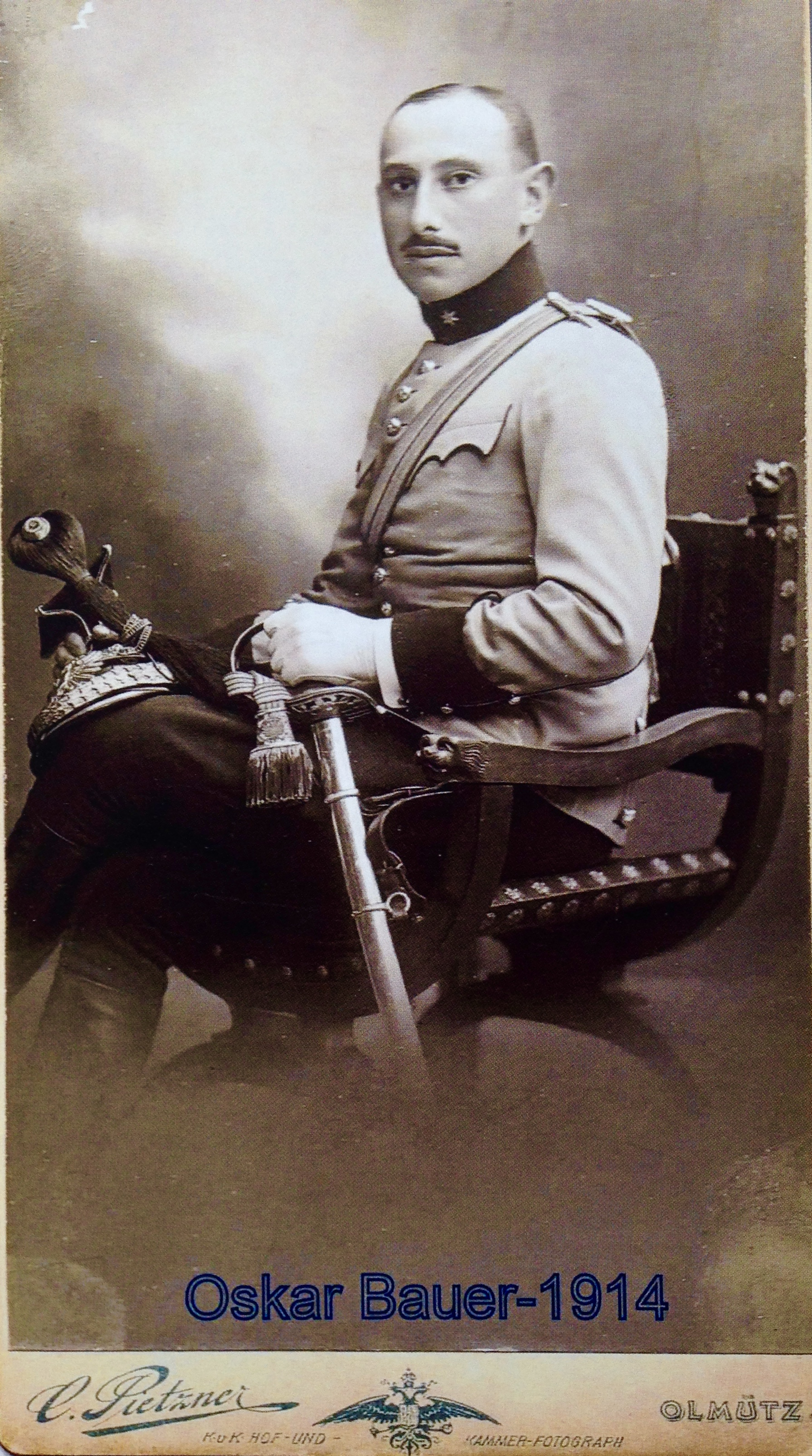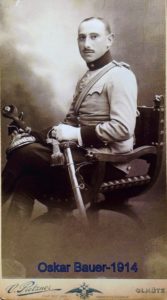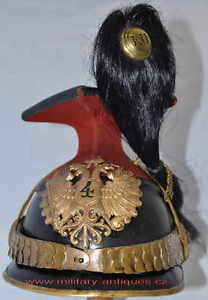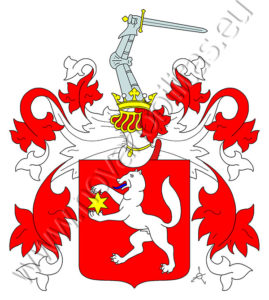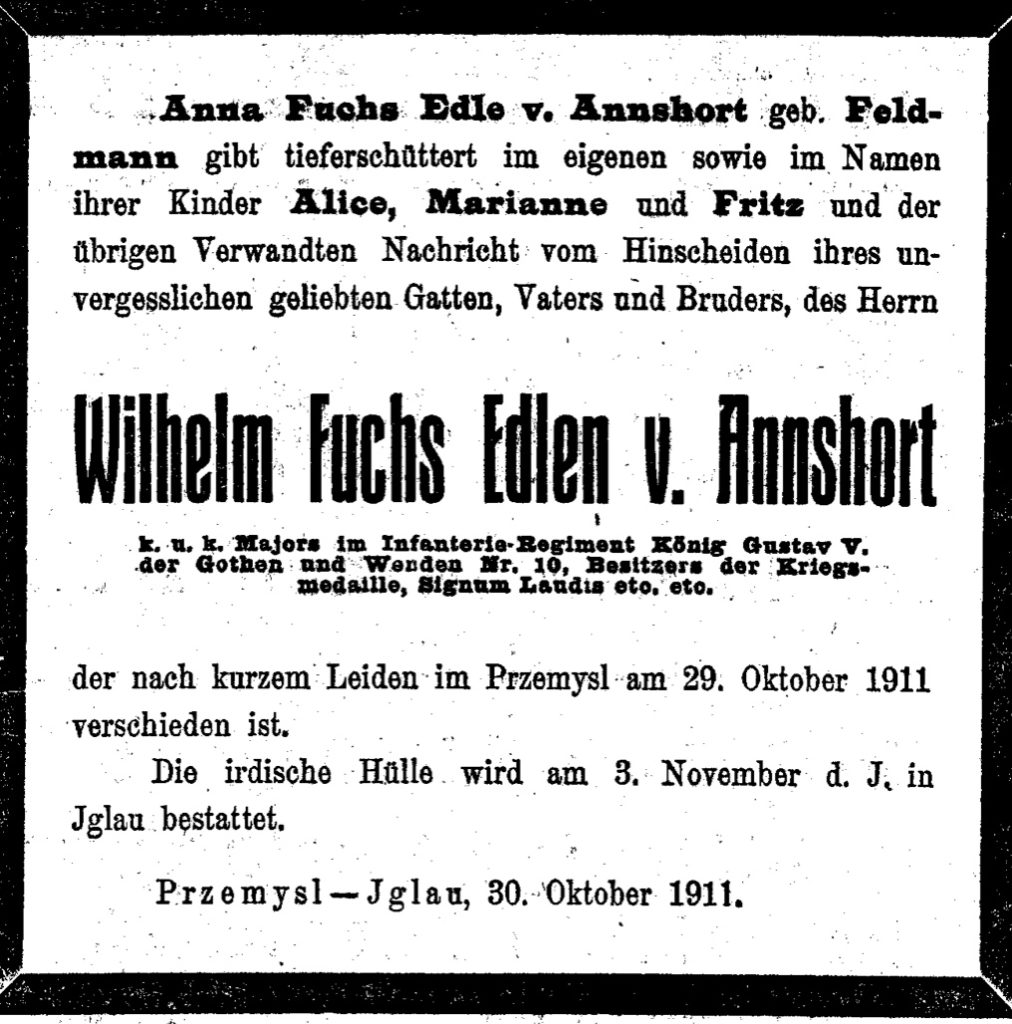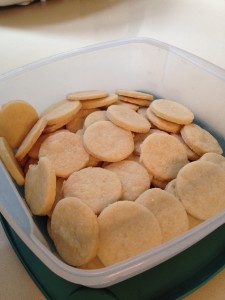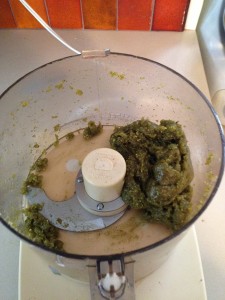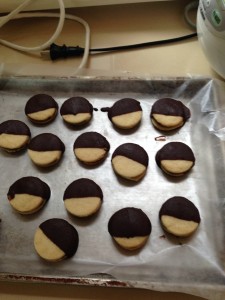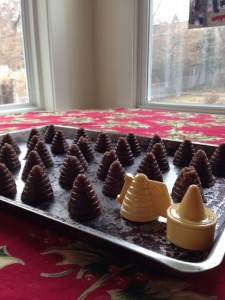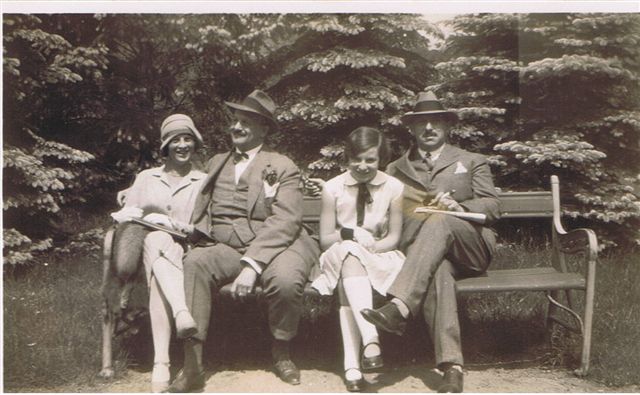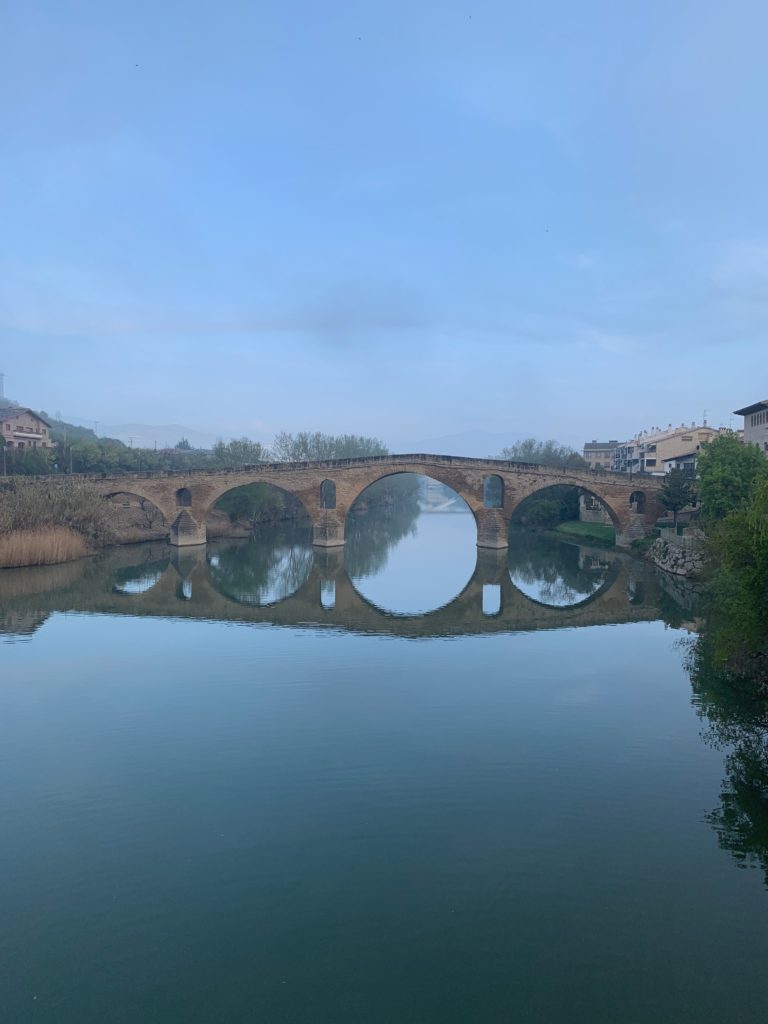
I’ll begin at the end. I’m not in Spain any more. I’m in Chicago. This post explains why.
When I wrote my last post, sitting on a bunkbed in an albergue in Puente la Reina, I was already sick, though I didn’t know it. In fact, I’d been sick for a while. While walking up the Alto de Perdon the previous day, all of a sudden I felt a massive pain in my gut, just under my ribcage, so bad I had to sit down. I thought it was reflux, maybe from too large a coffee at breakfast. I was able to continue eventually, but the pain never went away. I stopped a lot and people started to ask me if I was okay. I’m fine, I said. I just need to rest. I figured it was my first day, the hill was high, of course I was struggling a bit. One guy was worried enough to offer me chocolate or a power bar, and I think what made me reach the summit after turning him down, was the hope he’d still be there at the top when I got there so I could take him up on the offer. He was (thanks, Victor from Singapore, wherever you are now!).
But the rest of the walk went okay, even though I couldn’t eat my lunch after I ordered it, and I couldn’t choke down more than half the power bar. I had two Fanta limon (why can’t we get that here?) and a Magnum. When I got to the albergue, the guy took one look at me and put me in a semi-private room instead of the dorm (thanks, Albergue Jakue!). I had dinner with the very nice Italian race walker who ended up in my room, by which I mean I forced myself to choke down something. By then I had decided my problem was dehydration, and that had caused the reflux, so I drank masses of water and ate a banana. I was in a lot of pain that night, not from my feet or legs or hips or shoulders but from my gut and I was beginning to experience other, um, biological manifestations. But I was good to go the next morning.
The reason the photo above shows a view of the lovely eponymous moon bridge of Puente la Reina rather than a view from it is that instead of crossing it with the rest of the pilgrims, I took a detour to a pharmacy to get something for the “reflux.” I struggled up the first hill that morning in a way disproportionate to its difficulty, but apart from that, most of that day was a magical walk, as if the Camino knew I was only going to have that one more day and wanted to give me its best. Here’s the only photo of me I have:
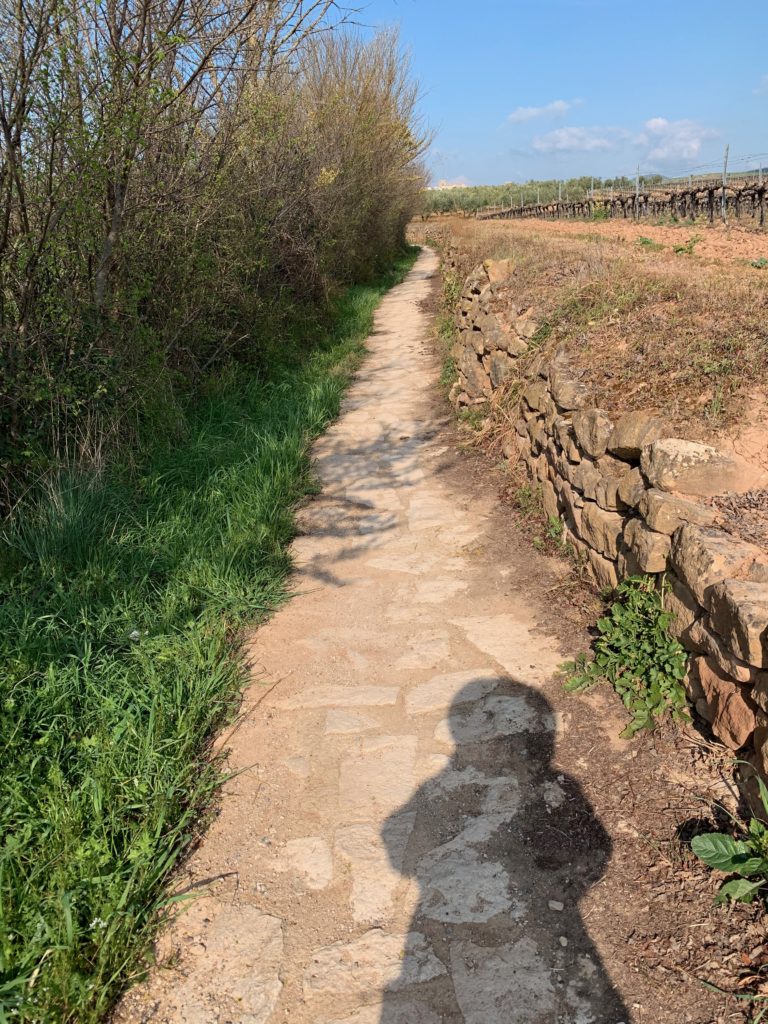
I walked on a Roman road:
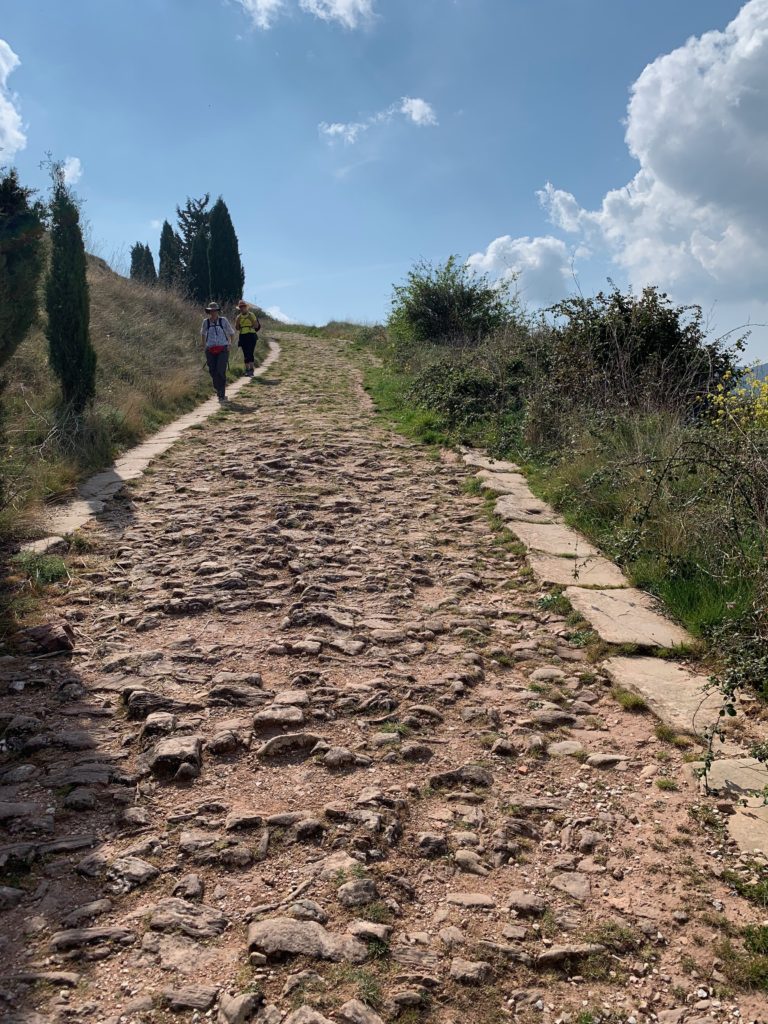
I talked to a man my age from Poland whose father under Communism used to go often to serve as a doctor in a sanatorium in Nachod, the town in Czechia near where my grandfather’s factory was. I sat under a stone portico at the top of the medieval village of Cirauqui and rested my feet. I walked through landscapes like this:
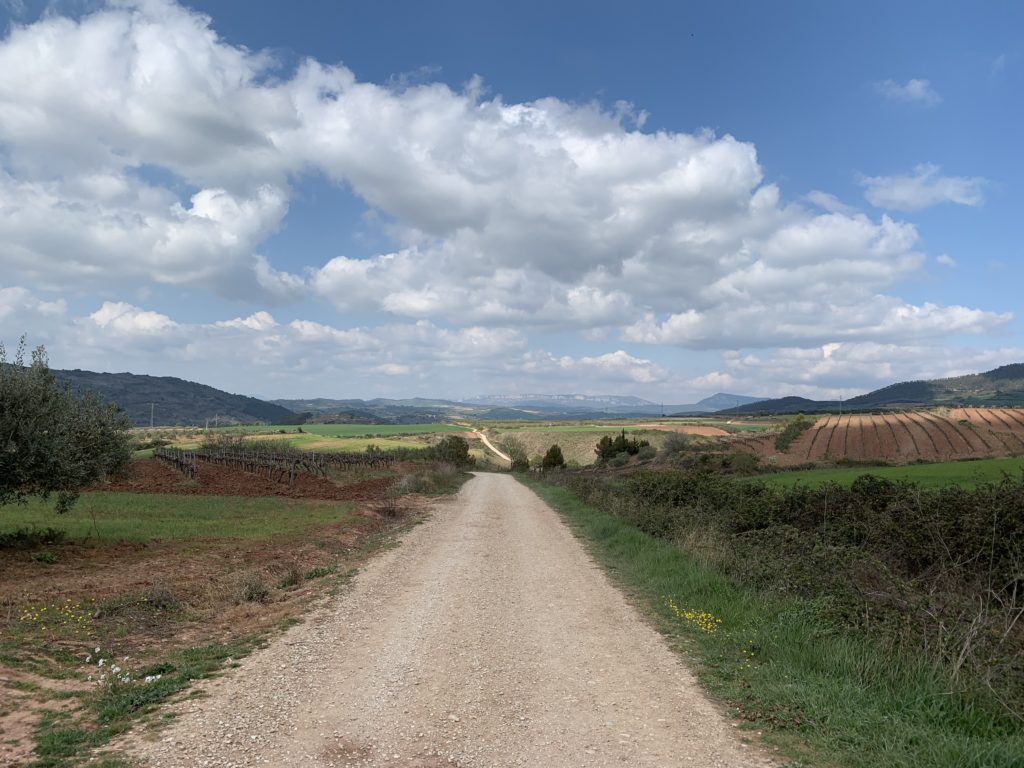
And I rested at places like this, where I saw again a nice young woman from Belgium who had been one of those the previous day to kindly ask me if I was doing okay. (She didn’t have a white dog though, only a tall boyfriend(?). It wasn’t until Estella that I saw the blind pilgrim):
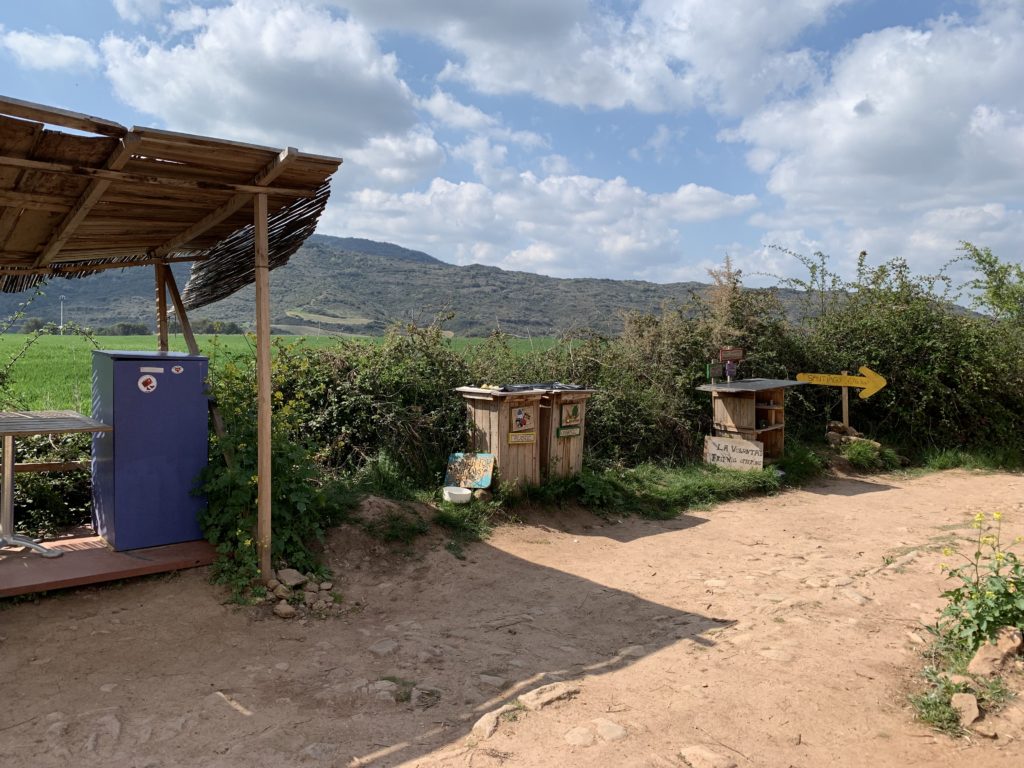
I stopped for lunch in Lorca, where King Garcia Ramirez, the grandson of the Cid, died (no, I didn’t know that before either). I forced myself to choke down a tortilla and I had another Fanta limon and I sat in the sun with a nice woman from Hungary who I had also seen the previous day in Uterga. She had stopped there for the night and had shipped her pack ahead. We both wanted to make it to Estella:
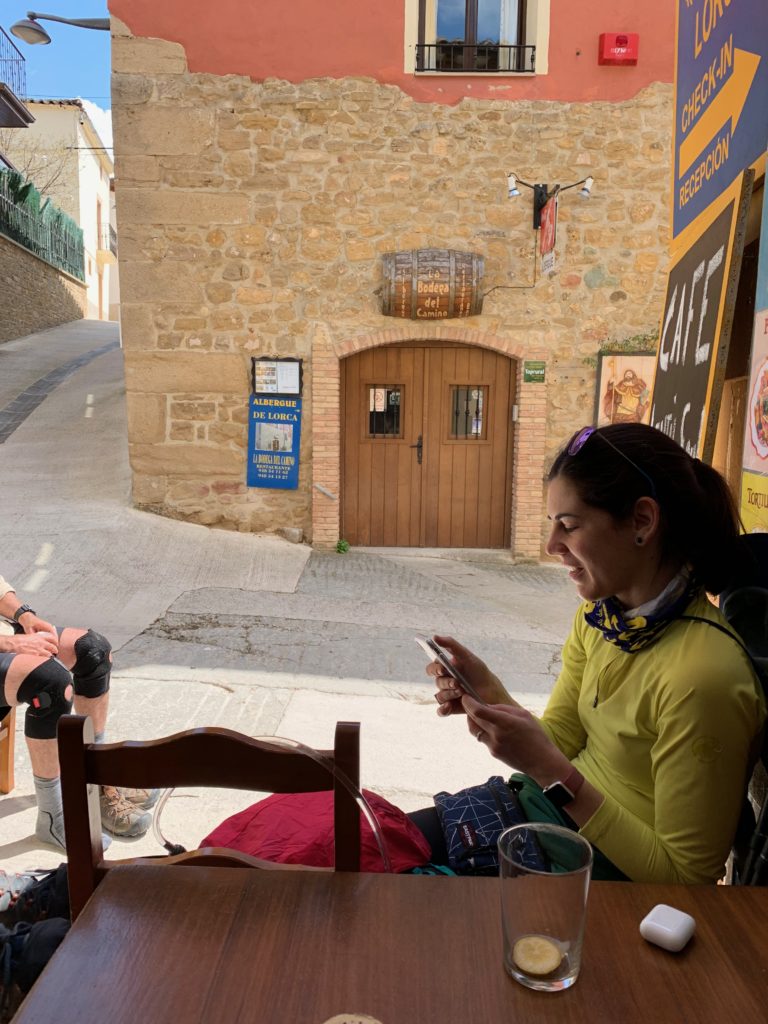
I only had about 8km of easy walking left to do. It should have been fine. But it wasn’t. The abdominal pain I had been experiencing since I started got worse and worse. As the kilometres pounded on, I started to feel dizzy and light headed, By the time I got to Villatuerta, I knew I was not going to make it. The albergue was closed but the guy there directed me to a bar across the street. I asked for a mineral water and for them to call a taxi. It was going to take an hour. It didn’t matter. It could have taken six hours There was no way I could leave that bar under my own locomotion. And then I was violently, violently ill all over the nice bartender’s bathroom.
I am going to draw a bit of a veil over the next bit. The taxi came, I went to the albergue, they put me in an empty dorm so I could have a bottom bunk (thank, Albergue Municipal de Estella!), another taxi to the Centro de Salud (which deserves a whole post on its own about different medical systems) where I got a diagnosis of gastroenteritis and a sheet of instructions, another taxi to a shop where I could get some bottles of water for the rehydration solution the doctor gave me when it became clear to him I was not going to be able to squeeze lemons and mix them with soda and salt etc. (thanks, doctor, and thanks especially to taxi driver #3 who *saw* me vomiting in the gutter outside the Centro and still picked me up *and* gave me his card in case I needed more taxis). I walked over the bridge back to the albergue, did the best I could do to wash some clothing, and collapsed in bed.
The next morning, I realized that this was not going to be a 24 or 48 hour and done thing. Recovery was going to be slow. I was not going to be sending my bag ahead, I was not going to be walking half or quarter stages. I was going home. I changed my flight. I spent two more nights in Estella, three nights in Madrid, and now I am back in Chicago. If you ask me how I’m doing, the answer is better each day but not okay, not yet. I listened to my body. It was the right decision. For that reason, it was not difficult to make.
I am going to do one more post, about Estella, probably tomorrow.

